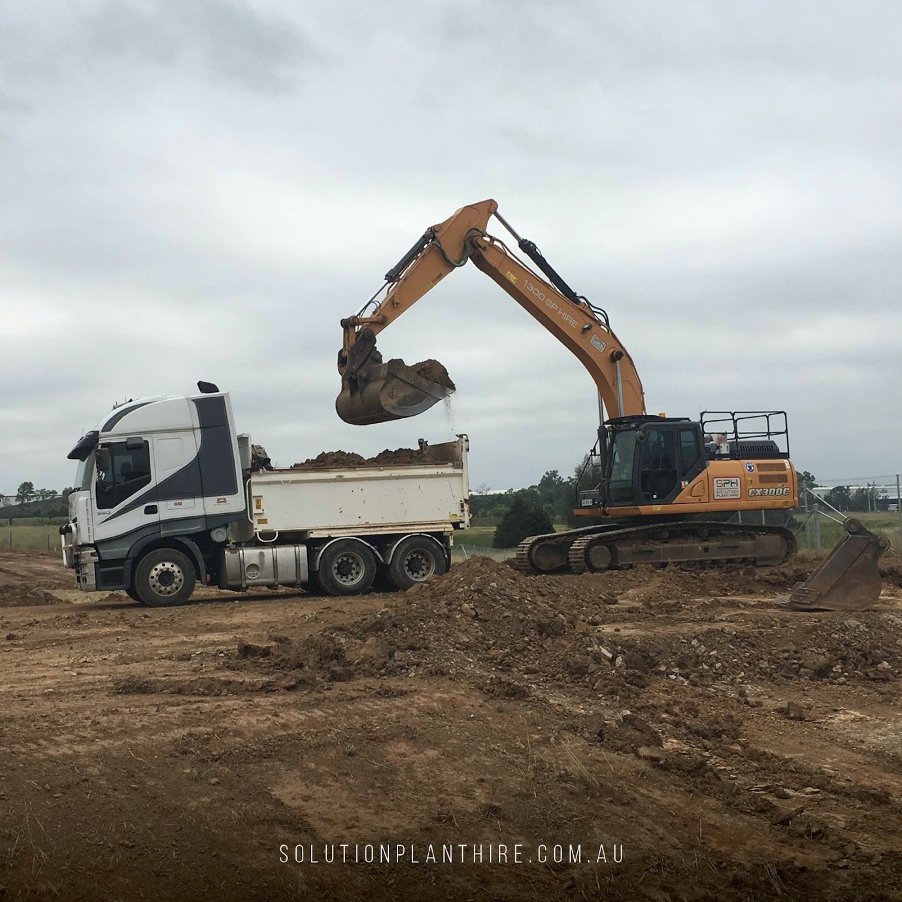
Understanding the Chain of Responsibility (COR) is essential to modern construction work. It helps increase accountability, effective communication, and safety — both across the job site itself and in other parts of the community like equipment hire businesses that play an ongoing role in supplying and supporting a job site.
Although the concept of the COR has been around for many years now, several important laws were introduced in 2018 that brought about changes to the way the COR had operated in the past. Here’s everything you need to know about the current COR laws.
Chain Of Responsibility Overview
The Australian law surrounding the COR falls under the Heavy Vehicle National Law. These are the rules of the road that govern how we go about using heavy vehicles each day.
Before the COR was introduced, there were concerns regarding safety risks and other issues because there wasn’t a more effective system in place that ensured the accountability of all individuals and groups that would have responsibility for a heavy vehicle. Thanks to the COR, this has improved, but it’s still sometimes misunderstood among the wider industry today.
Who Is Subject to the COR When Using Construction Equipment?
The COR requires numerous parties throughout the supply chain who handle construction equipment to bear responsibility for its use. Some of the roles included in these requirements are straightforward — for example, it’s clear why the operator of a vehicle should be responsible for making sure it’s operated without posing a hazard to others.
However, some of the roles involved are less obvious. For example, anyone who loads or unloads a construction vehicle is also subject to the COR. An individual may not get behind the controls of an excavator or bulldozer, but if they’re helping to take some goods out of it once the operator is done, they still feature within the COR and have an obligation to ensure its safe use. You can see more about each individual role that’s subject to the COR here.
What Is Covered in the COR?
The COR can come into play anytime there is an unsafe practice surrounding the use of heavy machinery. This can include driving at speeds above the speed limit, committing an offence under the HVNL, or fails to abide by mass requirements.
As mentioned above, if any breaches of these safety regulations occur, the driver won’t be the only party held responsible. Every part of the COR who could have had a role in supporting unsafe practices will be subject to investigation.
How to Utilise the COR Effectively
Construction equipment is built tough, but in the unlikely event that something does go wrong, it’s important that the right processes be followed. As detailed above, the COR has a clear structure — it’s easy to go over at the start of a project or day on the job site. But in the day-to-day business of construction, sometimes miscommunications and communication breakdowns inevitably occur.
That’s why it’s always critical to speak up on the site if you feel that an issue has arisen and that it’s not been properly addressed by those in the COR. Ultimately, it’s in everyone’s best interests to ensure that the COR operates effectively — and good communication is a key part of it.
Failing to Adhere to the COR
Working in the modern construction industry can be challenging at times. It’s a physically demanding field, and there are many rules and regulations that must be followed. However, it’s always important to remember why they are there: to keep people on the job site safe.
While following the chain of responsibility offers a workplace enhanced safety, any failure to follow it can result in hefty fines and other penalties. Of course, most workers do their best to adhere to safety guidelines. If you do find anyone on the job site who is resistant to following them, however, it may be a good idea to remind them of the penalties, as well as the potential dangers that could result from breaching the regulations.
Safety From Start to Finish
Just as it’s always good to help keep your mates safe on the job site, it’s also good practice to clarify and ask about anything you’re unsure of regarding the COR. In addition to all the information about the COR available on the NHVR website, there are many other resources out there among the construction community that can be great to tap into if you’re looking to dive deeper into the particulars of the COR and what you need to know as your career in construction progresses. Stay safe out there!
What has your business’s experience been with the chain of responsibility? Let us know in the comments below.
Image: SPH Facebook



